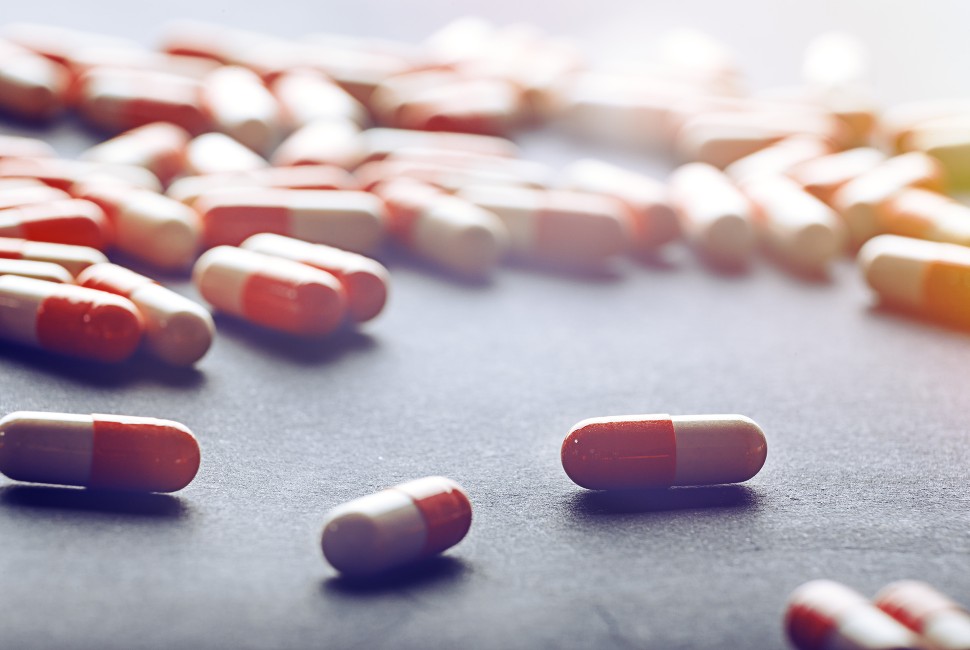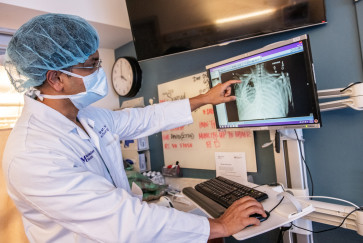Recent drug shortages of amoxicillin, Tamiflu and now infant and Children’s Tylenol have caused concern among parents and pediatricians, but Northwestern Medicine pharmacist Dr. Sterling Elliott said “we’ve been seeing and consciously managing drug shortages across the board in excess of five years now.”
“This is pulling back the curtain on what has been a very ugly scenario for years,” said Elliott, an assistant professor of orthopaedics at Northwestern University Feinberg School of Medicine. “Drug shortages have been plaguing this country for years across the board. Now it really hits home because it’s little kids being affected in aisles of grocery stores and pharmacies, but this is a much bigger story than mom and dad not being able to get liquid ibuprofen for their kids.”
In addition to the current well-known drug shortages, Elliott said pharmacists in the U.S. have for years been managing an ongoing shortage of commercially supplied fentanyl for anesthesia; heparin, an anticoagulant; lidocaine, a numbing agent; certain antibiotics and more.
‘And there you have the anatomy of a drug shortage’
“Manufacturing plants have an obligation to report problems to the Food and Drug Administration, and then they have to shut down the production line,” Elliott said. “Once there’s a problem, you have to demonstrate that it’s been fixed, then run it for a period of time and do quality checks on it to make sure it’s reliable again. The FDA then does more reviews, and once it’s safe again, they’ll allow it to resume commercial production.”
Elliott said another manufacturer might be able to fill the gaps for a while, but they, too, are subject to FDA checks and “can’t just ramp up production.”
“The longer the manufacturer stays out of the production process, the bigger supply-chain issues we have, Elliott said. “And there you have the anatomy of a drug shortage.”
“Very often we’re just told that the product is unavailable, and the manufacturers tell you when they anticipate being able to resupply, but very often it’s much later than the anticipated date,” he said. “So you have to think through, ‘What are we going to use as an alternative?’ Often, we end up putting limits on the use of it. So, for some of these drugs that we use more commonly, we have to use them more judiciously.”


